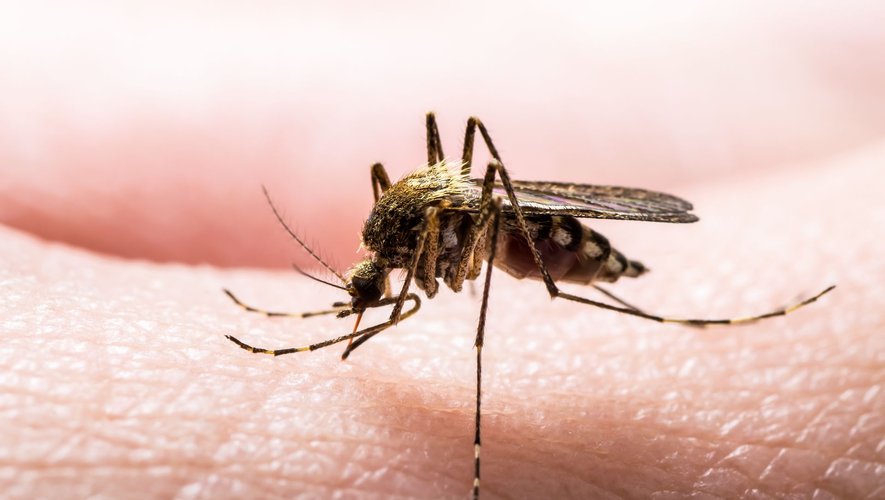Mosquitoes are not only unpleasant, but they are also vectors of diseases such as malaria, dengue or chikungunya. An Israeli team thinks it has found a formidable repellent against these insects: cellulose nanocrystals.
Bite an infected person or animal; ingest the parasites, viruses or bacteria contained in his blood; transmit the pathogen to a healthy person after biting it: this is the cycle of transmission of parasitic diseases such as malaria, responsible for hundreds of thousands of deaths each year in sub-Saharan Africa, and viral diseases such as dengue fever , Zika or chikungunya. The mosquito is the main vector of these diseases.
If, in Europe, mosquitoes were until now only unpleasant little insects disturbing our summer nights, their presence has taken on another dimension in recent years, due to global warming. In France, the number of autochthonous cases of certain viral diseases transmitted by the tiger mosquito (Aedes albopictus) is increasing as it spreads and settles in our country.
Thus, in 2022, 65 cases of autochthonous dengue fever were identified by Public Health France, in nine different outbreaks. Indigenous cases of chikungunya were also detected in 2010, 2014 and 2017 (one Zika in 2019. We speak of an indigenous case when “a person has contracted the disease on national territory and has not traveled to a contaminated area in the 15 days preceding the onset of symptoms”, explains the Regional Health Agency of the Provence-Alpes-Côte d’Azur region, one of the most affected by these cases.
Cellulose
We therefore understand the importance of protecting ourselves against mosquitoes. There are of course covering clothes, mosquito nets, citronella and other anti-mosquito products, to be applied to the skin, to be sprayed or left to diffuse in the air. But another repellent, apparently very effective, may soon be added to the mosquito control arsenal.
In any case, this is the hope aroused by the work of a team from the Hebrew University of Jerusalem, recently published in the scientific journal PNAS Nexus. The researchers studied “the barrier properties of cellulose nanocrystals”. Cellulose is the most abundant organic molecule on earth: it is the main constituent of the cell wall of many plants.
After treatment with sulfuric acid, it assembles into cellulose nanocrystals, which then self-assemble into strong, transparent barrier films. And when mixed with water and a small amount of glycerol, they can be applied to the skin, as a gel. This is the experiment conducted by the researchers, with mosquitoes Aedes aegypti live (also vectors of dengue fever, Zika, etc., they are not currently circulating in France).
“Chemical camouflage”
“This work has shown a significant decrease of 80% in nutrition on human skin after the application of a thin layer of cellulose nanocrystal gel”, write the authors of the study. The gel did not act as a physical barrier, but as a “chemical camouflage”by hiding volatile organic compounds emanating from human skin, which insects use as clues to find a meal.
And the researchers did not stop there: after “doping” the nanocrystals with indole, an aromatic substance present in certain flowers and which already acts as a mosquito repellent, they observed a 99.4% drop in egg laying in exposed mosquitoes, compared to the control group.
Spectacular results, therefore, but which need to be confirmed on a larger scale: the test was only carried out on a single person, it will have to be repeated and validated outside the laboratory, with other types of mosquitoes… Finally, before hoping to be put on the market, its harmlessness must also be guaranteed.

